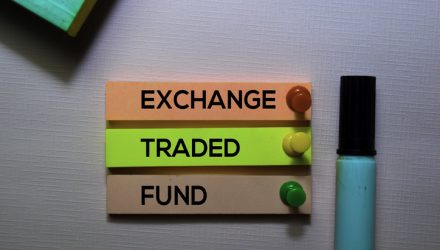Investors should have a diversified investment portfolio, but many still wonder how many ETFs should be included to achieve an adequate diversification.
Financial advisors have found that there is a point when adding funds becomes counterproductive, so many have stuck within a range of of as low as 10 to 20 fund strategies, the Wall Street Journal reports.
“Once you get into the 20s, you’re getting marginal benefits from a diversification standpoint,” Josh Charlson, a director of manager selection at research firm Morningstar, told the WSJ.
Some pointed out that adding too many funds into a portfolio would just make one mirror a big index but pay high fees along the way. Investors should keep in mind that funds may cover hundreds if not thousands of individual holdings. Additionally, it becomes more cumbersome to track and rebalance with too many different funds, which also comes with substantial tax consequences for taxable accounts if one decides to reconstitute an investment portfolio.
“Even if you’re rebalancing just once a year, that’s a lot of work,” Charlson said. “You probably won’t be inclined to do it as often, and your allocation gets out of whack.”
Financial experts largely advise investors to think about how to allocate assets rather than how many funds to allocate into.
“If you start with that question, it’s easier to get to the right number of funds,” Charlson added.
For example, an investor may hold six U.S.-focused funds to capture large-cap growth and value; mid-cap growth and value; and small-cap growth and value. Anymore than these would cause a portfolio to just replicate a major market index or cause large amounts of overlapping underlying holdings that would over expose an investor to a specific market segment.
“You should try to cover much of the market, but try to do it efficiently, without duplication,” Tom Fredrickson, a financial adviser part the Garrett Planning Network, told the WSJ. “I would think longer about adding a fund than subtracting one. You want to make sure it’s really adding diversification.”
For more information on investing with ETFs, visit our ETF 101 category.

